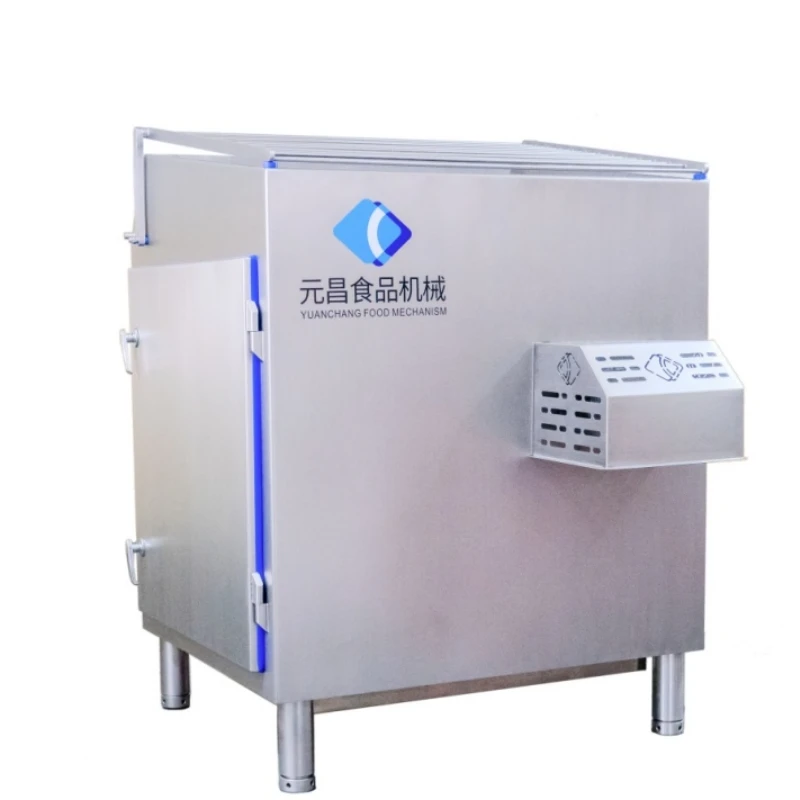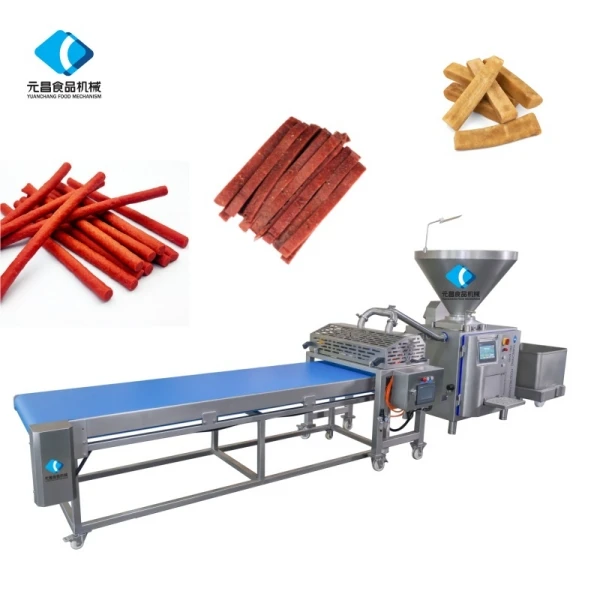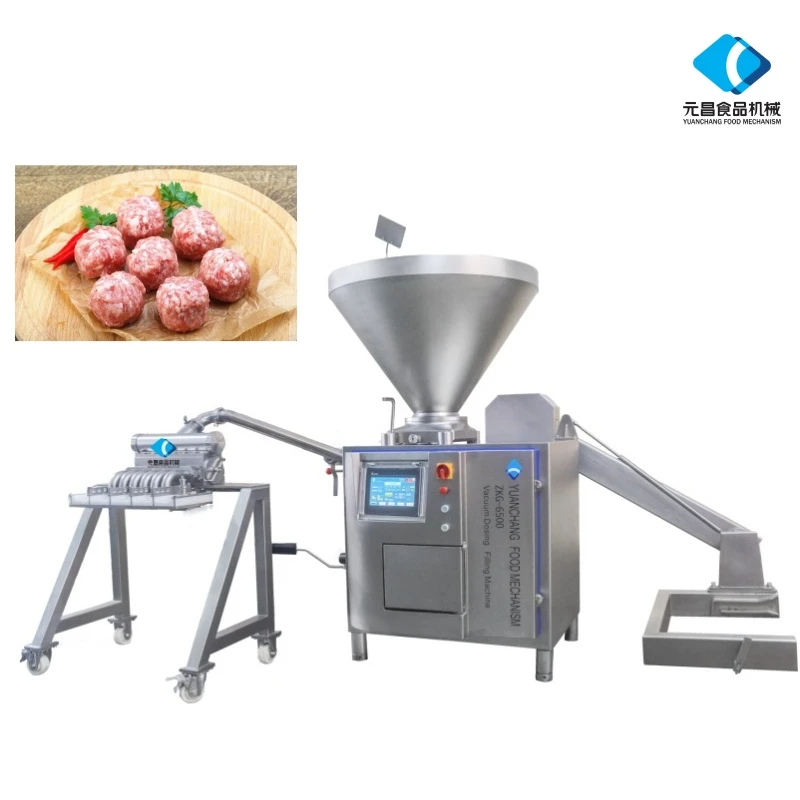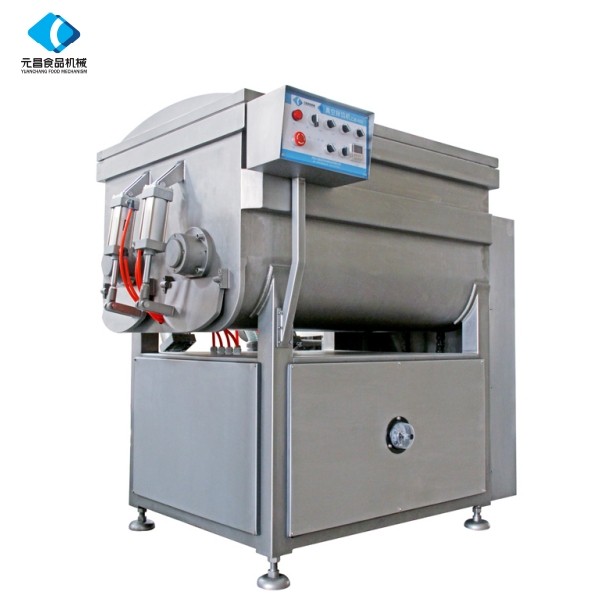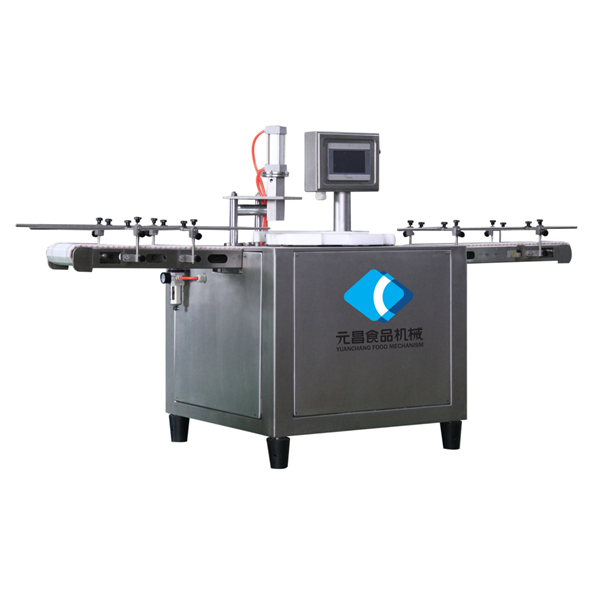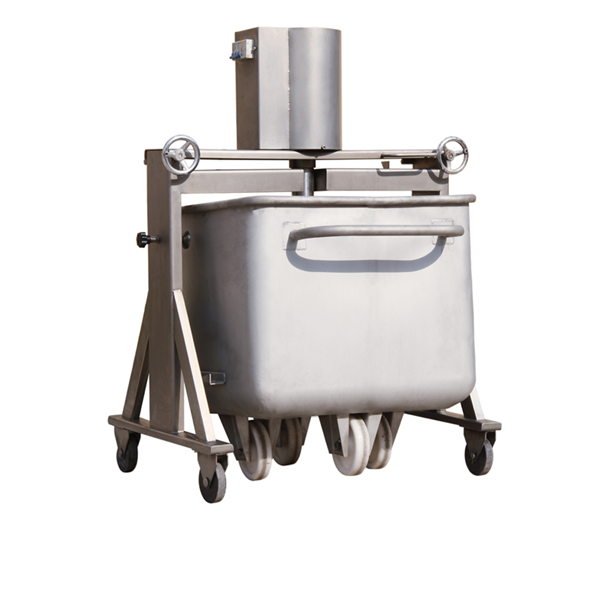- Afrikaans
- Albanian
- Amharic
- Arabic
- Armenian
- Azerbaijani
- Basque
- Belarusian
- Bengali
- Bosnian
- Bulgarian
- Catalan
- Cebuano
- chinese_simplified
- chinese_traditional
- Corsican
- Croatian
- Czech
- Danish
- Dutch
- English
- Esperanto
- Estonian
- Finnish
- French
- Frisian
- Galician
- Georgian
- German
- Greek
- Gujarati
- haitian_creole
- hausa
- hawaiian
- Hebrew
- Hindi
- Miao
- Hungarian
- Icelandic
- igbo
- Indonesian
- irish
- Italian
- Japanese
- Javanese
- Kannada
- kazakh
- Khmer
- Rwandese
- Korean
- Kurdish
- Kyrgyz
- Lao
- Latin
- Latvian
- Lithuanian
- Luxembourgish
- Macedonian
- Malgashi
- Malay
- Malayalam
- Maltese
- Maori
- Marathi
- Mongolian
- Myanmar
- Nepali
- Norwegian
- Norwegian
- Occitan
- Pashto
- Persian
- Polish
- Portuguese
- Punjabi
- Romanian
- Russian
- Samoan
- scottish-gaelic
- Serbian
- Sesotho
- Shona
- Sindhi
- Sinhala
- Slovak
- Slovenian
- Somali
- Spanish
- Sundanese
- Swahili
- Swedish
- Tagalog
- Tajik
- Tamil
- Tatar
- Telugu
- Thai
- Turkish
- Turkmen
- Ukrainian
- Urdu
- Uighur
- Uzbek
- Vietnamese
- Welsh
- Bantu
- Yiddish
- Yoruba
- Zulu
Industrial Meat Conveyors: Efficient & Hygienic Solutions
Optimizing Meat Processing with Advanced Conveyor Systems
The global meat processing industry is undergoing a significant transformation, driven by increasing consumer demand for high-quality, safe, and efficiently produced meat products. This evolution necessitates the adoption of state-of-the-art machinery and integrated systems that can handle large volumes with precision, hygiene, and minimal human intervention. At the heart of this industrial revolution are advanced material handling solutions, particularly meat conveyors. These systems are not merely transporters; they are integral components that orchestrate the seamless flow of raw materials through various processing stages, from primary butchering to final packaging. The selection and implementation of the correct conveyor technology are paramount for optimizing operational efficiency, ensuring stringent food safety standards, reducing labor costs, and maximizing yield. With an increasingly competitive market, manufacturers are constantly seeking innovative solutions that offer durability, adaptability, and compliance with international health and safety regulations such as HACCP, USDA, and FDA. The integration of intelligent automation, precise control systems, and robust construction materials defines the next generation of conveyor technologies. This foundational section sets the stage for a deep dive into the technical intricacies, application versatility, and strategic importance of these indispensable systems within the modern meat processing ecosystem, emphasizing their role in enhancing productivity and maintaining product integrity across the entire value chain.
Modern meat processing facilities, including those specializing in red meat, poultry, and seafood, rely heavily on the continuous and hygienic movement of products. This demands specialized meat conveyors designed to withstand challenging environments characterized by moisture, varying temperatures, and the need for frequent, rigorous cleaning. Beyond simple transportation, these conveyors are often integrated into complex processing lines, interacting seamlessly with other critical equipment such as a meat curing machine, which requires precise timing and controlled environments for optimal product development. Furthermore, the efficiency of operations involving meat cutting accessories or a frozen meat dicing machine is directly influenced by the reliability and synchronization of the underlying conveyor system. For instance, the exact positioning and stable transport provided by a conveyor are crucial for automated cutting processes to achieve uniform portioning and minimize waste. The demand for industrial meat equipment that offers enhanced sanitation features, reduced maintenance downtime, and increased throughput capacity is escalating. This includes advanced belt materials that resist bacterial growth, easy-to-clean designs, and modular construction for quick replacement of components. Understanding these comprehensive requirements is vital for any stakeholder in the meat processing sector aiming for operational excellence and sustainable growth.
The Manufacturing Process and Quality Assurance of Meat Conveyors
The manufacturing of specialized meat conveyors is a meticulous process that emphasizes hygiene, durability, and operational efficiency, differing significantly from general industrial conveyor production. The selection of materials is paramount; typically, high-grade stainless steel (e.g., SUS304 or SUS316L) is chosen for all food-contact surfaces and structural components due to its corrosion resistance, ease of cleaning, and inertness to meat products, preventing contamination and ensuring food safety. The manufacturing begins with precision laser cutting or plasma cutting of stainless steel sheets, followed by CNC bending to form the intricate frame structures and component parts. Welding, particularly TIG (Tungsten Inert Gas) welding, is extensively employed to ensure smooth, crevice-free joints that eliminate areas where bacteria could harbor. Post-welding, surfaces undergo rigorous polishing, often to a specific Ra (Roughness Average) value, such as 0.8µm or even 0.4µm for ultra-hygienic zones, to facilitate thorough sanitation and prevent product adherence. This mechanical finishing is critical for achieving clean-in-place (CIP) compatibility.
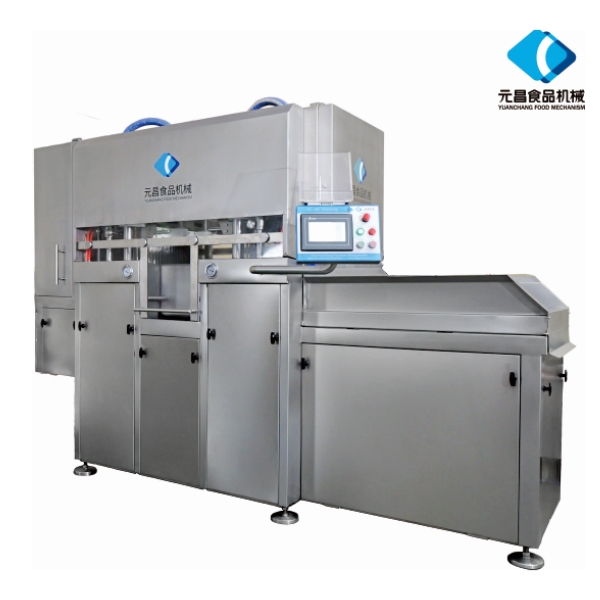
Conveyor belts themselves are usually made from food-grade thermoplastic materials like polyurethane (PU) or polyethylene (PE), or sometimes specialized modular plastic belts (MPB) or flat wire belts, selected for their wear resistance, chemical stability, and non-absorbent properties. These belts are often reinforced and designed for positive drive mechanisms to prevent slippage and ensure consistent product flow. Drive systems, comprising motors, gearboxes, and bearings, are typically sealed (e.g., IP65 or IP67 rated) to protect against water ingress during washdown and are often made from corrosion-resistant materials. Quality control is integrated at every stage. Components are inspected for dimensional accuracy and material integrity. Finished assemblies undergo extensive testing for structural integrity, belt tracking, speed accuracy, noise levels, and critical hygiene assessments, including visual inspections for potential microbial traps. Adherence to international standards such as ISO 9001 for quality management, ANSI (American National Standards Institute) standards for design and safety, and specifically food industry regulations like USDA (U.S. Department of Agriculture) and FDA (Food and Drug Administration) guidelines for materials and design, is non-negotiable. Furthermore, many manufacturers align with EHEDG (European Hygienic Engineering & Design Group) principles for equipment design, ensuring cleanability and preventing contamination. The typical lifespan of well-maintained meat conveyors can exceed 15-20 years, depending on the operating environment and maintenance regimen. In industries like meat processing, where hygiene and reliability are paramount, these robust manufacturing processes and stringent quality checks are essential for producing equipment that meets the high demands of continuous operation and food safety.
Technical Specifications and Performance Parameters of Meat Conveyors
The performance of meat conveyors is defined by a comprehensive set of technical specifications that cater to the unique demands of the food processing environment. These parameters are crucial for engineers and procurement specialists when selecting the appropriate system for specific applications. Key specifications include belt width, which can range from 200mm to over 2000mm, influencing throughput capacity. Conveyor speed is highly variable, often adjustable from 0.5 meters per minute (mpm) for precision processes like product inspection or a meat curing machine feeding line, up to 30 mpm or more for rapid bulk transfer. The load capacity per linear meter or total load capacity is another critical factor, typically ranging from 10 kg/m to over 100 kg/m, depending on the product type (e.g., individual cuts versus whole carcasses). Drive mechanisms commonly utilize hygienic stainless steel geared motors, often with variable frequency drives (VFDs) for precise speed control and energy efficiency. The motor power can range from 0.37 kW for small transfer conveyors to 5.5 kW or higher for long, heavy-duty systems.
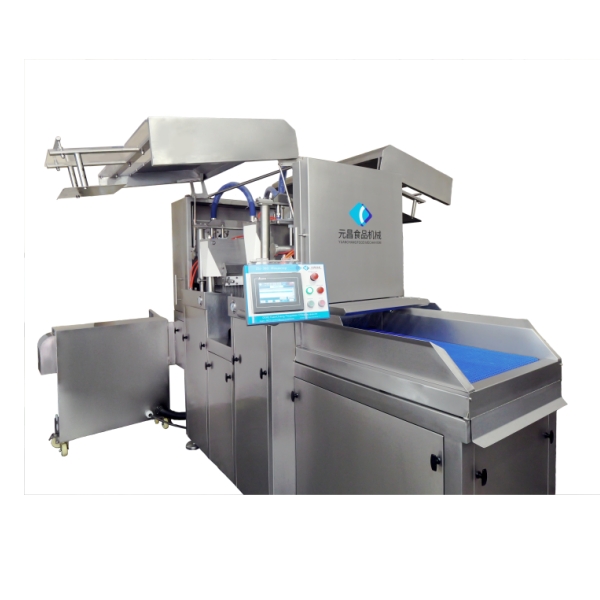
In terms of operational environment, these conveyors are designed to withstand temperatures ranging from deep freeze (-30°C for frozen meat dicing machine lines) to ambient processing temperatures and high-temperature washdowns (up to 80°C). The Ingress Protection (IP) rating is crucial for electrical components, typically IP65 or IP67, indicating protection against dust and powerful water jets. Structural materials consistently feature food-grade stainless steel (SUS304 or SUS316L) with specific surface finishes to prevent bacterial adherence and facilitate cleaning. Belt materials, as mentioned, include food-grade PU, PE, or modular plastic belts with various surface textures (e.g., smooth, grip, flighted) suitable for different product characteristics and inclines. Specialized features include integrated spray bars for continuous cleaning, quick-release belt tensioning systems, and modular designs allowing for easy expansion or reconfiguration. The overall design prioritizes minimal horizontal surfaces, sloped drainage, and open access for thorough sanitation, ensuring compliance with HACCP principles. These technical specifications collectively ensure that industrial meat equipment, particularly conveyors, can meet the rigorous demands of modern food processing, contributing significantly to product safety, operational efficiency, and longevity within a harsh industrial environment.
Typical Meat Conveyor System Parameters
| Parameter | Typical Range / Specification | Importance to Meat Processing |
|---|---|---|
| Material Construction | Food-grade Stainless Steel (SUS304/316L) | Corrosion resistance, hygiene, ease of cleaning, food safety compliance (HACCP, FDA). |
| Belt Material | Food-grade PU/PE, Modular Plastic, Flat Wire | Non-absorbent, wear-resistant, suitable for direct food contact, temperature tolerant. |
| Belt Width | 200mm - 2000mm+ | Determines throughput capacity and suitability for different product sizes/volumes. |
| Conveyor Speed | 0.5 m/min - 30 m/min (Variable Speed Drive) | Optimizes flow for various processes (e.g., inspection, cutting, packing), energy efficiency. |
| Load Capacity | 10 kg/linear meter to 100+ kg/linear meter | Ensures structural integrity and reliable transport of meat products of varying weights. |
| Motor Power | 0.37 kW to 5.5 kW (or higher for large systems) | Determines torque and ability to handle loads, critical for continuous operation. |
| Temperature Range | -30°C (frozen) to +80°C (washdown) | Ensures reliable operation across all meat processing stages, including freezing and sanitation. |
| IP Rating (Electrical) | IP65 / IP67 (Motors, Sensors, Control Boxes) | Protection against water jets and dust, crucial for daily washdown and harsh environments. |
| Surface Finish (Stainless) | Ra < 0.8µm (often 0.4µm for critical areas) | Smooth surfaces prevent bacterial adhesion and facilitate effective CIP/COP cleaning. |
| Sanitation Features | Open frame design, quick-release belts, removable components, integrated spray bars | Enables thorough cleaning, minimizes downtime, prevents cross-contamination. |
Application Scenarios and Strategic Advantages in Meat Processing
The versatility of meat conveyors makes them indispensable across the entire spectrum of meat processing, from primary butchering to final packaging. In the initial breakdown stages, heavy-duty conveyors transport whole carcasses or primal cuts to various stations, providing ergonomic positioning for workers and ensuring a continuous flow to downstream equipment. Post-boning and trimming, smaller, precision conveyors are used to move individual cuts, directing them towards specific processing lines such as those involving a meat curing machine. For instance, in bacon production, conveyors ensure precise transfer of bellies into brine injection systems (like the Saline Injector, a specialized product facilitating cure penetration), followed by controlled movement through tumbling and smoking chambers. The consistent speed and reliable tracking of the conveyor are crucial here to ensure uniform curing and minimize product degradation.
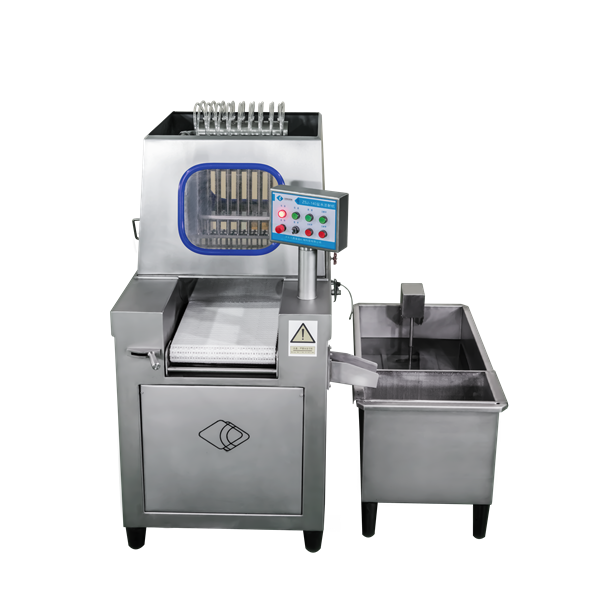
In more advanced processing, meat conveyors are integral to systems employing meat cutting accessories or a frozen meat dicing machine. These applications demand high levels of accuracy and stability from the conveyor to ensure clean, precise cuts and consistent portion sizes. For example, in automated dicing or slicing operations for deli meats, the conveyor's ability to present the product uniformly to the cutting blades directly impacts yield and product quality. Beyond cutting, conveyors facilitate automated sorting, grading, and packaging processes, transferring products to vacuum sealers, thermoforming machines, and carton packers. The strategic advantages of deploying high-quality industrial meat equipment, particularly these advanced conveyor systems, are multi-faceted. Firstly, they significantly enhance food safety by minimizing manual handling and providing surfaces that are easily cleaned and sanitized, reducing the risk of cross-contamination and bacterial growth. Secondly, automation enabled by conveyors drastically improves operational efficiency and throughput, allowing processing plants to handle larger volumes with fewer human resources, leading to substantial labor cost savings. Thirdly, precision control over product flow leads to improved product consistency, reduced waste, and optimized yield, directly impacting profitability. Finally, the robust construction and hygienic design lead to longer equipment lifespan and reduced maintenance downtime, translating into lower total cost of ownership over the equipment's operational life. These benefits collectively reinforce the critical role of modern conveyor systems in achieving a competitive edge in the global meat processing market.
Technological Advancements and Manufacturer Comparison in Meat Conveyor Systems
The landscape of meat conveyors technology is continuously evolving, driven by the twin demands of increased automation and stricter hygiene protocols. Recent advancements have focused on developing modular designs that allow for rapid reconfiguration and easier maintenance, significantly reducing downtime. Enhanced belt materials, such as anti-microbial surfaces and self-tracking modular belts, are becoming standard, further improving sanitation and operational reliability. Furthermore, integrated intelligent control systems, often leveraging PLC (Programmable Logic Controller) and HMI (Human-Machine Interface) technologies, provide precise speed synchronization with other processing equipment, real-time performance monitoring, and fault diagnostics. This level of automation is critical for optimizing the entire production line, especially when integrating with sensitive machinery like a high-precision meat curing machine or a high-speed frozen meat dicing machine, where precise product feeding and removal are essential for consistent output and minimizing product waste. Energy efficiency is another major focus, with modern conveyors incorporating high-efficiency motors and variable frequency drives (VFDs) that adjust power consumption based on load and speed requirements, leading to significant long-term operational cost savings.
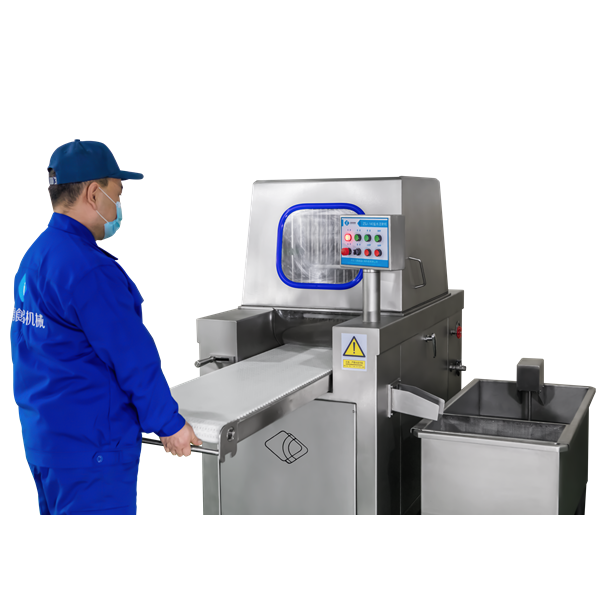
When comparing manufacturers of industrial meat equipment, particularly conveyors, several factors come into play beyond initial purchase price. Reputation for quality and reliability, demonstrated through extensive service years and customer testimonials, is paramount. Manufacturers vary in their specialization; some excel in heavy-duty primary processing conveyors, while others lead in precision conveyors for downstream applications involving delicate meat cutting accessories or specific product preparation. Key differentiators include the level of customization offered, the breadth of their product portfolio, and the depth of their engineering expertise for integrated solutions. A critical aspect is their adherence to international food safety standards (e.g., USDA, FDA, HACCP, CE, NSF) and their certifications (e.g., ISO 9001). Furthermore, the quality of after-sales support, including spare parts availability, technical assistance, and preventative maintenance programs, significantly impacts the total cost of ownership and operational continuity. Leading manufacturers invest heavily in R&D to provide innovative solutions that address emerging industry challenges, such as sustainable manufacturing practices and enhanced product traceability. Prospective buyers should conduct thorough due diligence, evaluating not just product specifications but also the manufacturer's commitment to long-term partnership, support, and continuous innovation.
Key Differentiators in Meat Conveyor Manufacturer Offerings
| Feature/Criteria | High-Tier Manufacturer | Standard Manufacturer |
|---|---|---|
| Hygienic Design & Cleaning | EHEDG compliant, tool-less disassembly, integrated CIP, ultra-smooth finishes (Ra < 0.4µm) | Open frame, basic washdown compatibility, standard finishes (Ra < 0.8µm) |
| Automation & Control | Integrated PLC/HMI, remote diagnostics, real-time data analytics, seamless integration with upstream/downstream equipment | Basic speed control (VFD), localized controls, manual adjustments |
| Material Grade & Durability | Exclusive use of SUS316L, premium food-grade belts (anti-microbial), heavy-duty components | Primarily SUS304, standard food-grade belts, suitable for most applications |
| Customization & Flexibility | Highly customizable solutions, bespoke designs, modular and scalable systems, rapid prototyping | Limited customization options, off-the-shelf modules, standard configurations |
| Certifications & Compliance | USDA Accepted, FDA Compliant, HACCP principles, CE Marked, NSF, ISO 9001, EHEDG | Basic CE, meets general food safety guidelines, self-certified compliance |
| After-Sales Support | Global service network, 24/7 technical support, extensive spare parts inventory, proactive maintenance contracts, training programs | Regional support, limited spare parts, reactive maintenance, basic user manuals |
Customized Solutions and Real-World Application Cases of Meat Conveyors
In the dynamic and often unique operational environments of meat processing facilities, off-the-shelf meat conveyors rarely provide the optimal solution. The true value often lies in the ability of manufacturers to provide highly customized conveyor systems that seamlessly integrate with existing infrastructure, specific product characteristics, and unique processing requirements. Customization can involve precise dimensions to fit constrained spaces, specialized belt types for unusual product shapes or textures, integrated weighing or scanning systems, or specific incline/decline angles to facilitate gravity feeding or controlled transfer between processing levels. For instance, a facility specializing in poultry processing might require overhead conveyors for evisceration lines, combined with flat-belt conveyors for deboning and further processing, each designed for precise indexing and synchronization with robotic cutting systems. Similarly, a producer of deli meats might need a series of multi-tier conveyors to manage chilling and slicing processes in a compact footprint, requiring bespoke engineering for optimal thermal transfer and product presentation.
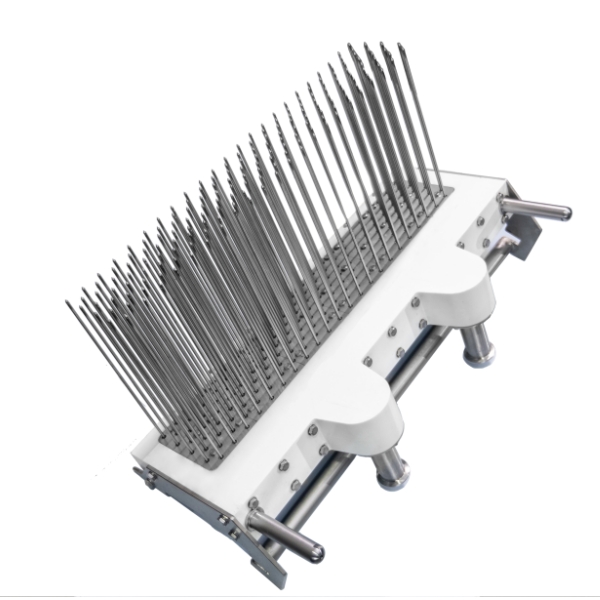
A prominent case study highlighting the efficacy of customized industrial meat equipment involves a large-scale pork processing plant that needed to significantly increase its bacon production capacity while maintaining stringent hygiene standards and reducing manual handling. The solution involved a comprehensive conveyor system design that started with an automated input conveyor feeding a Saline Injector (a specialized product for brine injection), followed by a customized spiral conveyor for continuous tumbling and chilling, and then integrated with a high-speed slicing line equipped with precise metering conveyors for uniform product presentation. The system was designed with open access for easy washdown, quick-release belts for rapid sanitation, and integrated CIP (Clean-In-Place) spray nozzles. The bespoke nature of the solution, including specific belt speeds synchronized to the brine injection and slicing machines, resulted in a 30% increase in throughput, a 15% reduction in labor costs for handling, and a noticeable improvement in product consistency and yield. Another example is a company producing specialized frozen meat dicing machine products for the foodservice industry. They required a conveyor that could handle extremely cold, brittle meat blocks, transport them reliably to the dicer, and then quickly convey the diced product to blast freezers. A custom conveyor with a specialized modular plastic belt, robust low-temperature tolerant components, and an integrated product accumulation system was developed. This customized approach ensured product integrity, minimized breakage, and optimized the overall freezing process, leading to higher quality finished products and reduced waste, demonstrating how tailored meat conveyors are crucial for overcoming specific operational challenges and achieving superior outcomes in demanding meat processing environments.
Ensuring Trust and Reliability: Guarantees, Support, and FAQ for Meat Conveyors
For B2B buyers investing in critical industrial meat equipment like meat conveyors, trustworthiness is not just about product specifications; it encompasses the entire lifecycle of the equipment, from purchase to long-term operation. Reputable manufacturers provide comprehensive guarantees and robust customer support to ensure peace of mind and operational continuity. A standard warranty for meat processing conveyors typically ranges from 12 to 24 months, covering manufacturing defects and component failures under normal operating conditions. Beyond the warranty period, access to a readily available supply of genuine spare parts is crucial to minimize downtime. Leading providers maintain extensive inventories of critical components, ensuring rapid dispatch and delivery. Technical support is often multi-tiered, including phone support, remote diagnostics capabilities, and on-site service engineers for complex issues or routine preventative maintenance. Companies with a long service history, often exceeding 10-20 years in the meat processing equipment sector, demonstrate sustained reliability and commitment to their client base, building significant authority and trustworthiness in the market. Furthermore, many high-tier manufacturers offer training programs for client personnel on equipment operation, maintenance, and sanitation best practices, empowering users to maximize the lifespan and efficiency of their conveyor systems.

Delivery schedules for customized meat conveyors can vary, typically ranging from 8 to 16 weeks depending on complexity and current production load, but transparent communication throughout the process is a hallmark of trusted suppliers. For standard configurations, lead times can be shorter, around 4-6 weeks. The adherence to strict quality control, including FAT (Factory Acceptance Testing) and SAT (Site Acceptance Testing) protocols, further reinforces trust. Companies that openly publish their adherence to ISO standards, FDA regulations, and provide detailed traceability of materials and components demonstrate their commitment to quality and compliance. Below are some frequently asked questions that highlight common concerns and demonstrate a commitment to transparency and client support:
Frequently Asked Questions (FAQ)
-
Q: What specific stainless steel grades are used for your meat conveyors?
A: We primarily utilize SUS304 (equivalent to AISI 304) for general structural components and SUS316L (equivalent to AISI 316L) for critical food-contact surfaces and areas exposed to harsh cleaning agents or corrosive environments, ensuring maximum hygiene and longevity. All materials comply with FDA and USDA guidelines for direct food contact.
-
Q: How do your conveyors ensure food safety and ease of cleaning?
A: Our meat conveyors are designed following EHEDG principles, featuring open-frame structures, minimal horizontal surfaces, sloped drainage, and hygienic welding with ultra-smooth finishes (often Ra < 0.4µm). They incorporate quick-release belts and removable components for tool-less disassembly, facilitating comprehensive washdown and CIP (Clean-In-Place) integration to prevent bacterial harborage and cross-contamination.
-
Q: What is the typical lead time for a custom meat conveyor system?
A: Lead times for customized meat conveyors vary based on complexity and our production schedule, generally ranging from 8 to 16 weeks from order confirmation to factory acceptance testing. We provide a detailed project timeline and maintain transparent communication throughout the manufacturing process.
-
Q: What kind of after-sales support and warranty do you offer?
A: We offer a standard 18-month warranty on all our industrial meat equipment, covering parts and labor for manufacturing defects. Our comprehensive after-sales support includes 24/7 technical hotline access, remote diagnostics, on-site service by certified technicians, preventative maintenance programs, and a dedicated spare parts inventory for rapid delivery, ensuring minimal operational disruption.
-
Q: Can your conveyors be integrated with existing production lines, including a meat curing machine or frozen meat dicing machine?
A: Absolutely. Our engineering team specializes in designing meat conveyors that seamlessly integrate with diverse existing setups. We conduct thorough site assessments and collaborate closely with your team and other equipment suppliers (e.g., for a meat curing machine or frozen meat dicing machine) to ensure optimal synchronization, control compatibility (e.g., PLC integration), and efficient product transfer, maximizing overall line efficiency.
The Future of Meat Conveyors: Trends and Innovations
The trajectory of meat conveyors technology is closely aligned with broader trends in industrial automation and food processing. Future innovations are poised to deliver even greater levels of efficiency, hygiene, and adaptability. One significant trend is the increasing integration of Artificial Intelligence (AI) and Machine Learning (ML) for predictive maintenance. By analyzing operational data from sensors embedded in conveyors (e.g., vibration, temperature, current draw), AI algorithms can anticipate potential failures before they occur, scheduling maintenance proactively and dramatically reducing unscheduled downtime. This also extends to optimizing conveyor speeds and routing dynamically in response to real-time production demands or bottlenecks elsewhere in the line, such as surges from a meat cutting accessories station or slower output from a meat curing machine. Robotics are also set to play a larger role, with more seamless integration of pick-and-place robots directly onto or alongside conveyor lines for precision handling, sorting, and packaging tasks, further minimizing human contact and maximizing throughput. The development of advanced, self-cleaning belt materials and conveyor designs that reduce water and chemical consumption during washdown will also be a major focus, addressing sustainability goals and lowering operational costs.
Another area of innovation for industrial meat equipment, particularly conveyors, involves enhanced traceability. Leveraging technologies like RFID (Radio-Frequency Identification) and blockchain, future conveyor systems will be able to track individual meat products or batches in real-time throughout the entire processing chain, providing unparalleled transparency for food safety audits and consumer trust. This level of granular data will also enable more precise yield management and waste reduction. Furthermore, the push towards modular, flexible manufacturing means that future meat conveyors will be even easier to reconfigure and adapt to changing product lines or processing demands, offering greater agility to manufacturers. As the global demand for diverse and conveniently packaged meat products continues to grow, the role of sophisticated conveyor systems will only become more critical, serving as the intelligent backbone of highly automated, hygienic, and efficient meat processing plants. Embracing these technological advancements will be key for companies aiming to remain competitive and meet the evolving demands of the market and regulatory landscape.
References & Further Reading
- Food Safety Magazine: Cleaning and Sanitation of Conveyor Belts in Food Processing.
- European Hygienic Engineering & Design Group (EHEDG) Guidelines for Hygienic Design.
- Processing Magazine: Key Trends Driving Food Processing Equipment Development.
- GlobalMeatNews.com: Leading industry news and analysis on meat processing.
-
Vacuum Bowl Cutter ZKZB-125-Hebei Yuanchang Food Mechanism & Technology Co., Ltd.NewsAug.10,2025
-
Vacuum Bowl Cutter ZKZB-125 - Hebei Yuanchang Food Mechanism & Technology Co., Ltd.NewsAug.10,2025
-
Vacuum Bowl Cutter ZKZB-125-Hebei Yuanchang Food Mechanism & Technology Co., Ltd.|Vacuum Processing Technology&304 Stainless Steel ConstructionNewsAug.09,2025
-
Vacuum Bowl Cutter ZKZB-125-Hebei Yuanchang|Vacuum Processing,Stainless Steel ConstructionNewsAug.09,2025
-
Vacuum Bowl Cutter ZKZB-125-Hebei Yuanchang Food Mechanism & Technology Co., Ltd.|Vacuum Processing, Stainless Steel ConstructionNewsAug.09,2025



